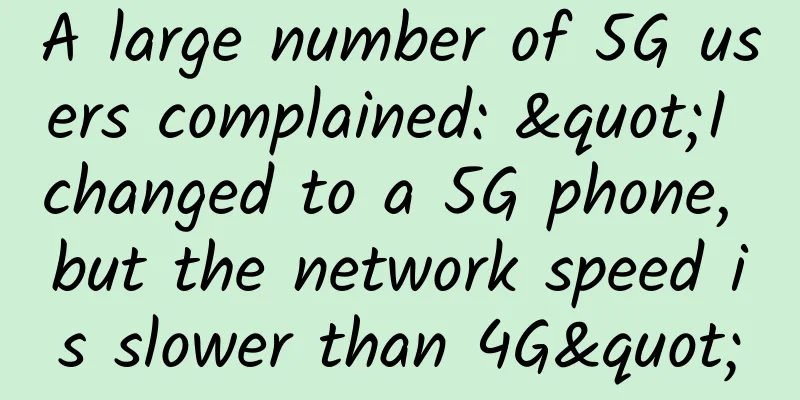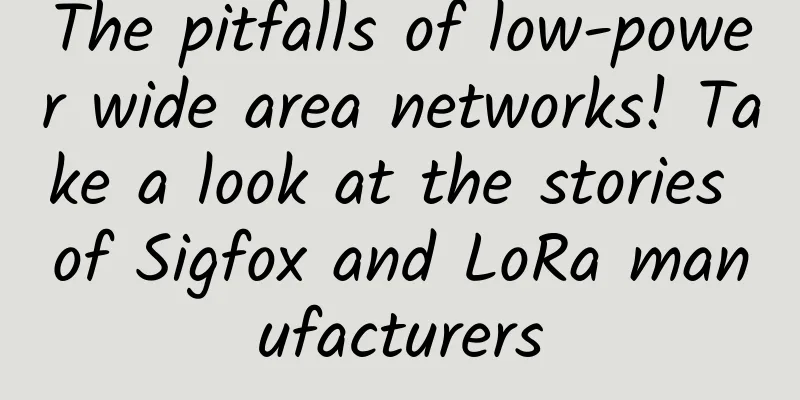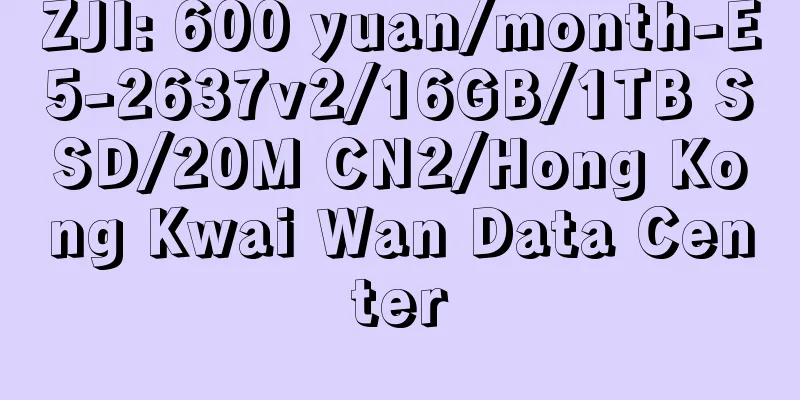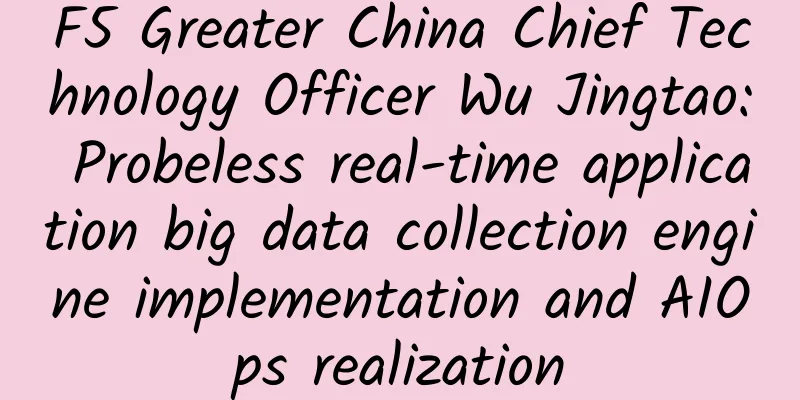Huawei's approach to building smart cities under four major constraints
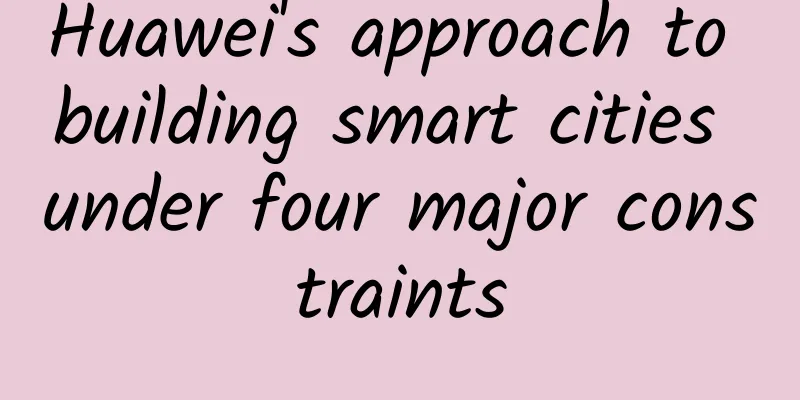
|
[51CTO.com original article] The rapid development of Internet technology has greatly changed the way people produce and live. With the widespread application of new ICT technologies such as cloud computing, the Internet of Things, and big data, cities are full of "smart" atmosphere: smart homes, smart transportation, smart medical care, smart classrooms, smart government affairs... A blueprint for smart city life is becoming a reality step by step. At the Huawei Smart City Summit 2017 held recently, Cai Yinghua, President of Huawei EBG China, said: "Smart city is a combination of 'city + municipality + industry', a combination of physical city and digital economy. Smart city is an organic life form, which must have the function of self-evolution and self-generation. The construction of smart city is also an iterative evolution process, with only a starting point but no end point."
Cai Yinghua, President of Huawei EBG China Using new ICT to build the nervous system of smart cities and give them vitality As an active promoter of smart city construction and development, Huawei has proposed a new concept of "building a smart city nervous system". What is the deeper connotation of this? Zhang Yande, President of Huawei EBG China Smart City Business Unit, explained this. He said that cities are organic organisms. In order to achieve the function of self-generation, new ICT technologies must be used and these technologies must be organically integrated to give cities life. Specifically, smart cities need to deeply integrate cloud computing, big data, the Internet of Things, mobile Internet, artificial intelligence and other technologies with urban scenarios to build a collaborative ecology and interactive system of "perception everywhere, connection everywhere, data everywhere, computing everywhere, and intelligence everywhere". Ultimately, through the ubiquitous network, the operating status of smart cities can be perceived to promote the healthy development of cities. Zhang Yande also emphasized that the nervous system of a smart city should have three major characteristics: a powerful central system - the city's intelligent operation center (IOC); a comprehensive and massive perception system - the Internet of Things + video; and an agile and ubiquitous transmission system - wired + wireless networks.
Zhang Yande, President of Huawei EBG China Smart City Business Unit Huawei's solution to the four major constraints on smart city construction Smart cities are inevitable for urban development, and the construction of smart cities needs to develop through continuous exploration and innovation. Looking around the world, the planning and construction of smart cities have been actively carried out in many regions at home and abroad. In China, there are currently more than 500 pilot cities and regions. However, the construction of smart cities is not smooth sailing, and its development is constrained by factors such as mechanisms, funds, and technology. Hong Xiaozhou, chief expert of smart cities in Huawei EBG China, believes that "the construction of smart cities has only a starting point, but no end point. It is a continuous process. On the road to success in smart city construction, we mainly face four major constraints: one is weak foundation, two is poor mechanism, three is financial investment, and four is technical difficulty.
Hong Xiaozhou, Chief Smart City Expert of Huawei EBG China Weak foundation: The problem of weak foundation is mainly reflected in the difficulty of data coordination. Smart city is a large-scale coordinated business. The basis of construction lies in how much data can be coordinated in the business field. Traditional government affairs are more of a linear construction, and cross-departmental integration and data coordination are poor. Huawei, relying on its leading ICT infrastructure, connects and integrates data through platform-based construction. Mechanism issues: At present, due to some government mechanism issues, such as management mechanisms, there are many obstacles in directing urban construction. In response to this, Huawei adopts a top-level design approach to make suggestions to local governments on management mechanisms and management organizations, and jointly establishes big data bureaus, smart offices and other institutions with local governments to solve the problem of horizontal coordination mechanisms for smart city construction. Financial investment: At present, some local governments spend more money on public facilities, such as railways, roads, and airports, and have not yet discovered that smart cities are the starting point of the digital economy era. Huawei will focus on helping the government achieve industrial upgrading and transformation in smart city projects. At the same time, we will introduce more partners to build business models and solve the government construction funding problem through business models such as PPP and government procurement of services. Technical difficulty: Smart city is a complex giant system that requires participation from all parties. It is impossible to achieve it by relying on a certain set of technical solutions from a certain manufacturer. Therefore, Huawei adopts a dual-drive strategy of "platform + ecology", focusing on ICT infrastructure and adhering to its own business boundaries; at the same time, it opens up the capabilities of the platform, gathers like-minded partners, and does what they are good at in their respective fields, and jointly provides customers with overall smart city solutions to solve the technical problems of smart cities. The construction of new smart cities needs to grasp three key points The construction process of a smart city is the process of urban development. The development of smart cities is no longer a trend, but an inevitability. With the continuous deepening of smart city construction, Zhang Yande believes that the construction of new smart cities in the future needs to solve three key points, namely: data integration, business integration and technology integration. Among them, data integration is an inevitable stage of development. Data integration is not only a data issue, but also requires the optimization of government processes and structures through the "top leader"; business integration is more reflected in the cross-border reorganization of business processes and cross-border business implementation. The business of smart cities includes: smart transportation, smart environmental protection, smart medical care, etc.; in terms of technology integration, it is necessary to pay attention to current new technologies such as artificial intelligence, big data, the Internet, and the Internet of Things. The integration and application of technologies are the foundation of smart cities. One cloud, two networks, three platforms, building the nervous system of a smart city How should we build the nervous system of a smart city while grasping the three key points? Huawei's solution is "one cloud, two networks, and three platforms." The first cloud refers to the cloud data center; the second network refers to the urban communication network that connects people and the urban Internet of Things that connects things; the third platform includes the big data service support platform, the ICT application enabling platform and the urban operation management platform. Among them, the cloud and the platform constitute the brain of the city, which is the central nervous system, and the network is the peripheral nervous system. The various applications above are various organs that grow on the basis of this nervous system to achieve different functions. Practice makes perfect. Building a smart city requires four conditions To date, Huawei and its partners have participated in the construction of smart cities in more than 120 cities in more than 40 countries around the world. Taking Weifang as an example, Huawei and its partners have established the Huawei Weifang Urban IoT Industry Alliance in Weifang to help Weifang City develop IoT applications and promote industrial development, supporting the construction of Smart Weifang 3.0 and a smart society. At the 2017 Barcelona Global Smart City Expo, Shandong Weifang stood out from more than 300 participating cities worldwide and was nominated for the "City Award". Hu Yannian, deputy director of the Smart City Office of Weifang City, Shandong Province, admitted that in the early stage of Weifang's smart city construction, although a lot of things were done, the citizens did not really benefit, and the builders and the feelers were out of touch. "We believe that smart city construction is the construction of a city. All urban activities are carried out around people. Smart 2.0 is determined to be people-oriented and serve the people. Citizens are the main body of the city."
Hu Yannian, Deputy Director of the Smart City Office of Weifang City, Shandong Province "Our cooperation with Huawei is an opportunity. Based on NB-IoT, we have expanded the dimension of smart city construction to the scope of people and things and things and things through the technology and factors of the Internet of Things. Through informatization, information technology and communication technology, we have built a core system for the city to better collect data. Decision makers can get city-related data when making decisions, making the decisions more accurate and scientific. It is because of Weifang's efforts and with the help of Huawei's platform that Weifang has won many awards." Hu Yannian said: "We have to thank Huawei for building an ecosystem through Weifang, which is an ecosystem that benefits both the government and enterprises." Talking about the construction of Weifang Smart City, Zhang Yande believes that the Weifang construction project has given Huawei a lot of inspiration. Through cooperation, Huawei believes that four conditions must be met to build a smart city: First, the construction of a smart city must be a "top leader" project, with data integration and business integration as the core. Second, a solid execution team is needed in the process of building a smart city. Third, there must be solid investment to awaken the industry through the market. Fourth, there must be a leading digital partner behind the successful support, driven by business needs and starting from top-level design. There is no doubt that Huawei's achievements in the field of smart cities are inseparable from the accumulation of many cases. For the construction of smart cities, under the "platform + ecology" strategy, Huawei is constantly reflecting on and accumulating experience, strengthening its own technology platform, and actively building a smart city nervous system for cities. The construction of a smart city is an ongoing process that requires a "nervous system" to direct it, constant innovation and collaboration from all parties, so that the smart city can be more vibrant and better meet the actual needs of citizens. [51CTO original article, please indicate the original author and source as 51CTO.com when reprinting on partner sites] |
>>: China Mobile Zhejiang and Wind River successfully complete NovoNet Phase I testing
Recommend
On the eve of 5G, mobile phone companies should not panic
Not long ago, a video about 5G experience by &quo...
An article explains the detailed process of SSL handshake protocol
[[274498]] Overview SSL (Secure Socket Layer) is ...
Big data credit reporting system is the future development direction. Credit reporting helps the healthy development of the economy.
On December 5, the 4th International Forum on Int...
UFOVPS National Day promotion starts at 30% off, top up 200 yuan and get 20 yuan, Hong Kong CN2/Japan CN2 optional
UFOVPS is currently carrying out a National Day p...
16 WiFi withdrawal triggers myths: Is public WiFi coming to an end?
Recently, 16WiFi, which provides free WiFi Intern...
[11.11] Maxthon consoles are 32% off, top up 611 yuan and get 111 yuan for free
Aoyo Host (aoyozhuji/aoyoyun) has launched this y...
TmhHost Summer Holiday Offer: Japan/Hong Kong/US CN2 GIA/High Defense Cloud Server 20% Off Seasonal Payment Starting from 120 Yuan
TmhHost has launched this year's summer promo...
ZJI: Hong Kong Kwai Wan server saves 300 yuan per month, E3/E5 model monthly payment starts from 450 yuan
This month, ZJI launched a new model A in Kwai Wa...
Say goodbye to roaming charges. What should the three major operators do in the face of rising cost pressures and reduced revenues?
On June 22, China Mobile, China Unicom and China ...
How 5G will shape the future of construction
5G is an enabler that will deliver new capabiliti...
Rui Headlines | Explore Ruijie Ethernet Color Light: The key advantage of achieving 20W+ indoor light
The most direct users of the campus network - Int...
When will 5G home Internet be available?
What is 5G Home Internet? 5G Home Internet, also ...
Will 5G base stations emit more radiation than 4G base stations? I finally figured it out
Despite repeated popularization of knowledge, man...
C++ Programming Practice: IP Hash Load Balancing Algorithm
Today we are going to learn about NGINX. Nginx is...
What you don’t know about blockchain is quietly subverting banks, BAT
Fintech is a phenomenal concept. With the rapid d...

